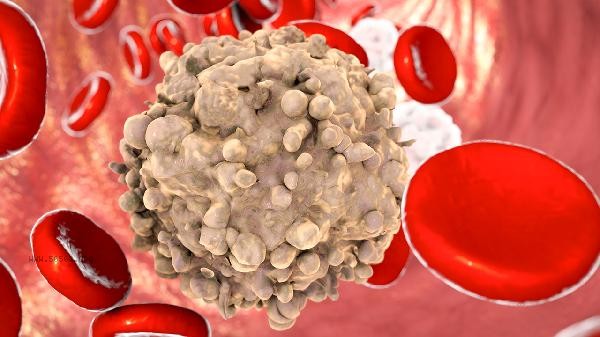Elevated white blood cells may be caused by infections, inflammatory reactions, drug effects, blood system diseases, or physiological factors, and should be judged based on specific examination results.
1. Infection factors:

Bacterial or viral infections are common causes of leukocytosis. When pathogens invade the human body, the immune system activates neutrophils and lymphocytes, leading to an increase in white blood cell count. For example, Streptococcus pneumoniae infection can cause an increase in the proportion of neutrophils, while EB virus infection may lead to an increase in the absolute value of lymphocytes. This type of situation is usually accompanied by symptoms of infection such as fever, local redness and swelling.
2. Inflammatory response:
Non infectious inflammations such as rheumatoid arthritis, ulcerative colitis, and other autoimmune diseases can stimulate the release of more white blood cells from the bone marrow. Continuous stimulation of inflammatory factors can cause long-term mild elevation of white blood cells, often accompanied by abnormal inflammatory indicators such as C-reactive protein and erythrocyte sedimentation rate.
3. Drug effects:

Corticosteroid drugs such as prednisone can promote the release of neutrophils from the bone marrow, leading to an increase in white blood cell values during medication. Some antiepileptic drugs, lithium preparations, etc. may also cause drug-induced leukocytosis, which can often be restored to normal after discontinuation. 4. Hematological disorders: Hematological disorders such as leukemia and myeloproliferative neoplasms can lead to abnormal proliferation of white blood cells. This type of situation is often accompanied by the appearance of immature cells, a significant increase in white blood cell count often exceeding 30 × 10 ⁹/L, and abnormalities in hemoglobin and platelets, which require diagnosis through bone marrow aspiration.
5. Physiological factors:
During intense exercise, mid to late pregnancy, cold stimulation, or emotional stress, an increase in adrenaline secretion can promote the entry of peripheral pool white blood cells into the circulating pool, causing a transient increase in white blood cells. This physiological change usually does not exceed 12 × 10 ⁹/L and there are no other abnormal indicators. When high white blood cell count is found, blood routine examination should be rechecked to exclude detection errors, and comprehensive judgment should be made based on indicators such as lymphocyte/neutrophil ratio and immature cell ratio. It is recommended to avoid testing immediately after intense exercise in daily life, and pregnant women are advised to choose a quiet state for blood collection. If there are persistent abnormalities, it is necessary to improve peripheral blood smears, inflammatory indicators, bone marrow examinations, etc. to further clarify the cause. Patients with hematological diseases need to regularly monitor changes in blood counts.









Comments (0)
Leave a Comment
No comments yet
Be the first to share your thoughts!